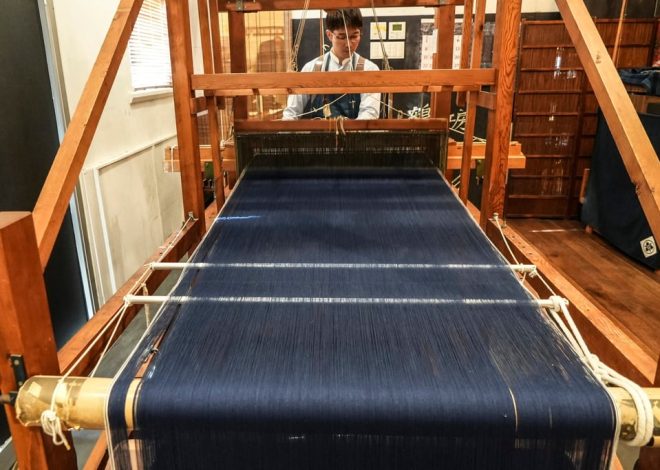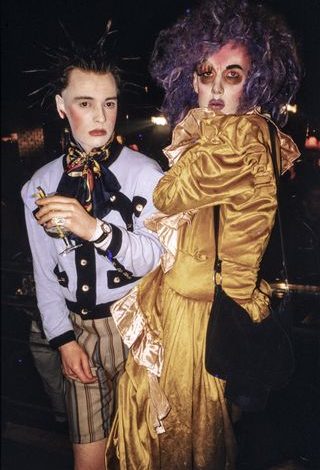
The politics of fashion
What comes to mind when thinking of politics? Usually, elections, policies, individual rights, the environment and the economy. It is never fashion! However, as strange as it may seem, fashion and politics do have a very strong relationship. It is essential to understand the role of fashion both as a tool for political expression and as an active player in political issues.
Fashion has always been political. In the Middle Ages, sumptuary laws were imposed to maintain the class structure, only allowing the nobility to wear fashionable and colourful garments. During the French Revolution, blue, red and white ribbons were used to highlight the core revolutionary message of liberty, equality and fraternity. The sans-culottes transformed clothing into a sign of freedom, their use of trousers being a symbol of their pride to be working class. The Suffragettes wore white dresses, and their colours were white, symbolising purity, purple, to signify loyalty and green, for hope. The Black Panthers wore their military-like uniforms of black leather and berets to signify power and show their determined push to advance rights. Fashion has been used to maintain social hierarchies but also contains a rich history of being a form of political resistance.
Fashion is still a tool for political expression. Activists, politicians, and celebrities have used fashion to promote and bring awareness to political issues. Lady Gaga’s iconic meat dress, which garnered criticism from PETA, was worn to protest the US military’s Don’t Ask, Don’t Tell policy which placed restrictions on gay soldiers. Celebrities dressed in all black for the 75th annual Golden Globe awards to support the TimesUp campaign and advocate for gender inequality. Naomi Campbell wore a white dress with a bullet hole wound by the Nigerian designer Mowalola Ogunlesi to showcase the lived experiences of black people. NBA players wore ‘I can’t breathe’ t-shirts in support of the black lives matter movement. Alexandria Ocasio-Cortez wore a white gown with ‘Tax the Rich’ embroidered in red at the 2021 Met Gala. In her acceptance speech as Vice President, Kamala Harris wore a white suit and blouse as a show of thanks to the suffragette movement. Yasmeen Mjalli has created clothes to showcase experiences of life in Palestine under Israeli occupation. In Iran, protesters have used eye-catching fashion, defying laws that control their appearance, as a method of protest. This highlights how fashion still plays an essential role in promoting political issues.
The use of fashion in politics does raise issues. Should fashion be political? There are problems of brands trying to manipulate issues to increase profit and minimising the actual impact of the groups trying to protest.
However, fashion is not limited to just being a tool for political expression but has an integral role when it comes to relevant political issues. The examples explored above mainly highlight clothes being used as political signifiers. But, how about the clothes we wear every day? What significance do they have politically? Well, it can be argued that even normal clothes carry huge political significance. This is because of who they have been made by, where they have been created and the impact that they have on the environment. The Global Slavery Index has found that “garments are the second highest value product at risk of forced labour imported by G20 countries”. The making of clothes is about social progress and boosting the economy for many developing countries. Due to the lack of visibility of supply chains, there is a high chance of human rights abuses taking place. This is highlighted by the collapse of Rana Plaza due to poor safety standards. The fashion industry is estimated to account for 10% of global greenhouse gas emissions. Fast fashion and changing trends add to issues that are coming to the forefront of political policies and debates on labour rights and environmental goals.
Fashion and politics are interconnected. Often, the role of fashion in changing society and the way in which it is utilised by individuals to further issues can be dismissed when it comes to political discussion. However, as Miuccia Prada has stated, “fashion is instant language” and therefore, it is paramount that the way in which it facilitates politics is recognised.
Featured Image: Ono Kosuki on Pexels


